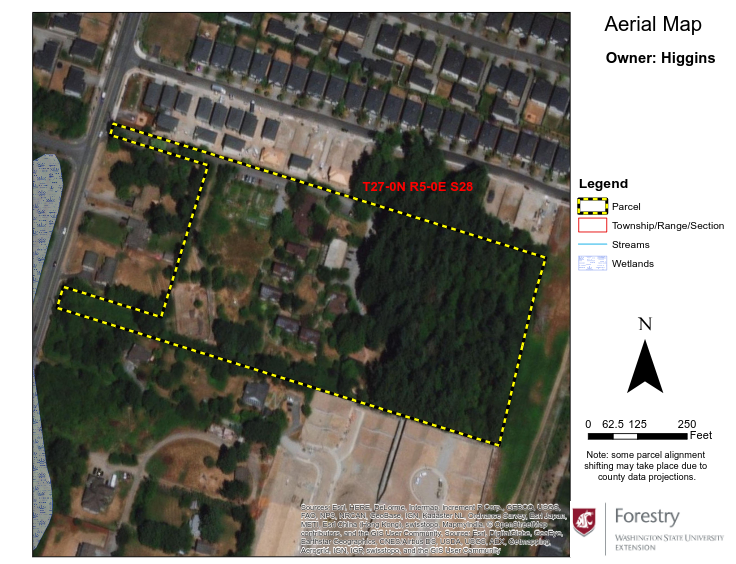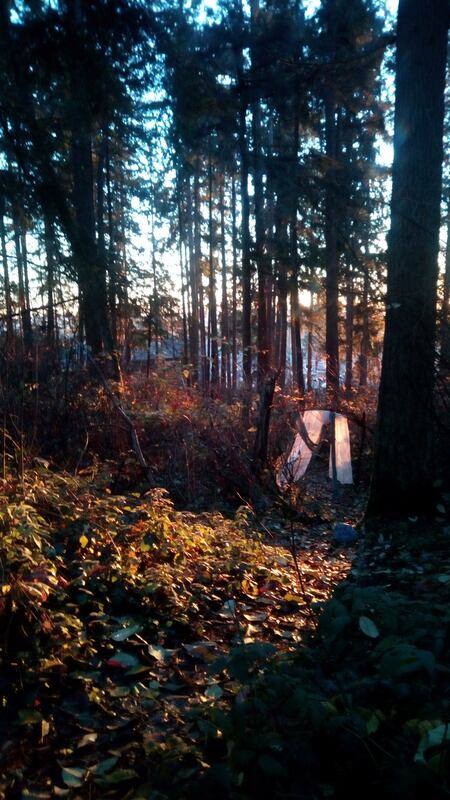I want to start with a story. As some of you may know, I am currently working on a Stewardship Plan for the Songaia forest, with support from the Biogaians, knowledgeable community members, WSU Forestry Extension, and the Outdoor Wellness Club at the University of Washington. It feels really good to be applying what I learned while studying ecology and ecosystem restoration at UW Bothell, especially in service to all you sweet people and to this piece of land that I have been cultivating an intimacy with.
As most of you have probably felt in one way or another, creating a plan to care for our beloved forest is overwhelming. There are so many aspects to consider, from laminated root rot, to vulnerable new plantings, to liability, to our diversity of misplaced (non-native) species, to the increased habitat fragmentation due to development, to the changing climate. How do we responsibly steward a remnant forest surrounded on all sides by human development? Most days I’m able to step back from that overwhelm and look at it-- watching it pass by me, but not letting it color my days. Some days it consumes me. Earlier this month, the forest made an appearance in my dreams.
I woke up in a place that wasn’t my home, but I recognized must have been. It felt like home. Unit 10. I heard the wind ripping past my window. A mighty Pacific Northwest windstorm was moving through and had been since earlier that morning. I looked out the window to the north and saw huge Douglas fir (Pseudotsuga menziesii) trees crashing down in the Crestmont development, flattening fences. In the flash of a panicked thought, I was outside, standing at the base of Spring Hill. The forest was gone.
All but ten trees had fallen throughout the night. Not only had the trees fallen, they had disappeared. It looked like Weyerhauser had come through and hauled all the trees away, leaving a tangle of dry and mangled organic matter around the stumps that dotted the hillside. I saw a group of people and pickup trucks up on the utility easement. In the flash of another thought, I was at the top of Spring Hill. I observed these people, who I recognized as owners of the houses in the surrounding developments, chopping the trees into rounds and taking them away in their trucks. Most of them just seemed like they were doing it mindlessly, like--why wouldn’t we do this? I somehow knew what to do.
Holding back my outrage and grief, I approached the people from the developments and asked them if they would circle up. I wanted to welcome them and ask them some questions. They did so, with the exception of one middle-aged white man who continued to load his truck. He was red-in-the-face, radiating anger and a masked desperation that came out as a determination to get his share. Once he noticed that everyone else had circled up, he joined, grumbling.
As we circled, my dear friend, soul-bud, feather friend Joey Crotty appeared. Playing off of one another, he and I asked these people a series of questions, ranging from the practical to the philosophical.
“You all have been neighbors of this forest. What did this forest mean to you before it fell? Did you notice it? Did you ever enter it? Did you know it was ailing?”
“Why are you taking these trees away? What have you to gain? What need are you trying to meet? What do you really need? What is it like to be you?”
Round and round the questions went, their answers knitting us together--humanity shining out the eyes of each person, awake in the world and seeing each other.
Hayra came. And as we turned to look at the denuded hillside, the dream ended with deep belly sobs. In the glow of this freshly woven human community, we felt the grief of the remaining Douglas fir trees, who had just lost the better part of the community they had known. We felt their grief as our own, knowing somehow that our well-being was tied to the well-being of this remnant forest stand.
〰〰〰〰〰〰〰〰〰〰〰〰〰〰〰〰〰〰〰〰〰〰〰〰〰〰〰〰〰〰〰〰〰〰〰〰〰〰
Do you ever have those dreams that linger? They stick with you for days after you’ve had them, begging to be remembered, or told, or interpreted? This dream lingered for days after I had it, and I am still grateful every time I see the forest standing.



 RSS Feed
RSS Feed